Mukalla Marks 8 Years Since Liberation from Al-Qaeda’s Grip by Mohammed Albasha
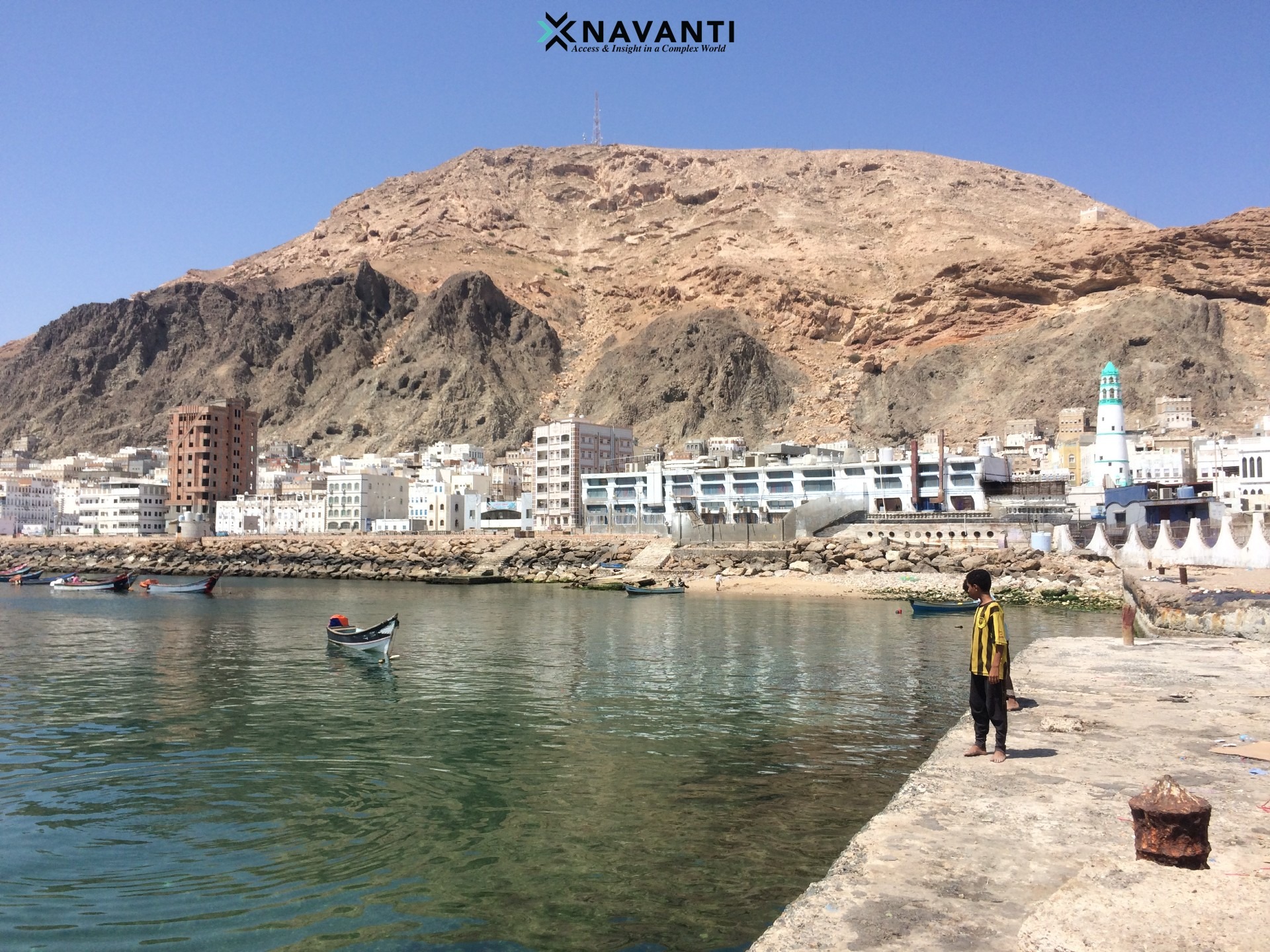
April 24, 2024 – Today marks the 8th anniversary of the liberation of the strategic Yemeni port city of Mukalla in the southern eastern Hadramawt governorate from the grips of Al-Qaeda in the Arabian Peninsula (AQAP). Hadramawt, Yemen’s largest governorate, is more sparsely populated than the west of the country. The area is largely arid, with communities mainly grouped along the sea coast and wadis. The port of Mukalla is an important trade hub for all of eastern Yemen, and a market for coastal fishing communities.
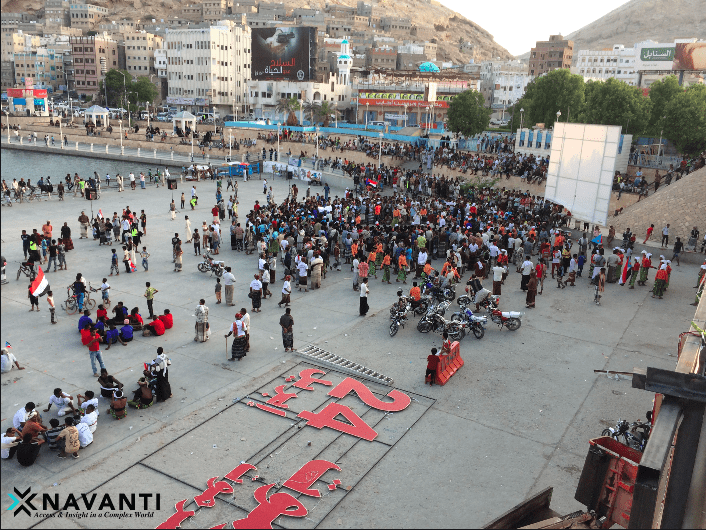
On April 26, 2016, Yemeni and Emirati forces backed by the Saudi-led military coalition made their push into Mukalla, an AQAP stronghold for over a year. Fighter jets pounded militant positions, allegedly killing dozens of AQAP fighters, as part of an offensive to wrest control of southern Yemen from the terrorist group.
Losing Mukalla deprived AQAP of a key source of revenue from taxes and fees levied at the port, which had enabled the group to thrive. While the UAE-led offensive backed by U.S. advisors and the newly formed local fighting force called Elite Hadramai Forces (EHF) proved overwhelming for AQAP’s fighters, however, some reports indicate local negotiators helped secure the militants’ peaceful withdrawal to neighboring Shabwa governorate.
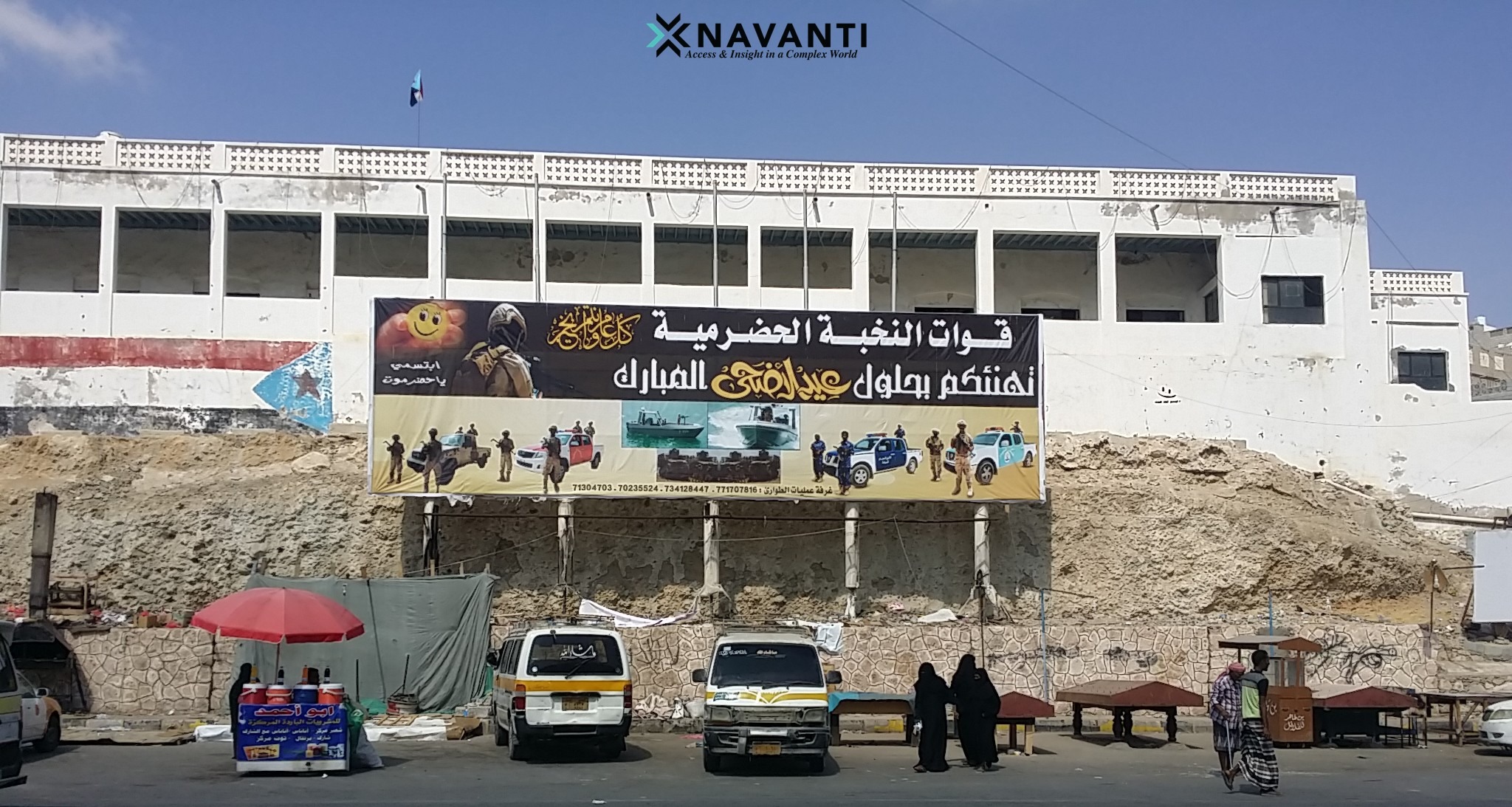
The fall of Mukalla on April 2, 2015 to AQAP’s insurgent arm Ansar al-Sharia and allied group Sons of Hadramawt was part of a broader unraveling in Yemen, including the Houthi rebels’ takeover of Sanaa months earlier and the start of the Saudi-led military campaign to restore the Internationally Recognized Government of Yemen.
AQAP had initially sought to govern Mukalla indirectly through a front group called the Hadramawt National Council (HNC) before taking a more heavy-handed role providing policing via the Hisba [Accountability] office and overseeing public services, including salary payments. In the year leading up to the liberation, AQAP expanded its presence along the coastline from Mukalla to the borders of neighboring Shabwah and al-Mahrah governorates, facing little resistance from Yemen’s forces or local tribes initially opposed to their presence.
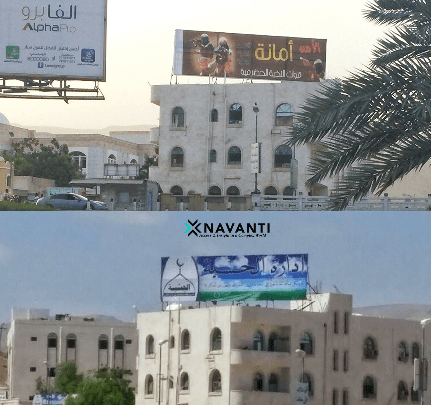
The group recruited hundreds of local youth, though reports suggest a majority of its Hadramawt ranks still came from Yemen’s northern provinces. AQAP employed a mix of harsh punishments like public executions and dismantling of shrines, as well as service provision and infrastructure projects, in an effort to win over the hearts and minds of locals.
This soft approach helped AQAP consolidate control over the strategic city and port despite some continued grievances over restrictions. The group’s grip was increasingly challenged in Hadramawt’s interior regions and from the emerging threat of Islamic State’s Yemen (IS-Y) affiliate. Both groups competed for tribal recruits, with some reports indicating IS-Y was outperforming AQAP in recruitment in the Al-Bayda governorate.
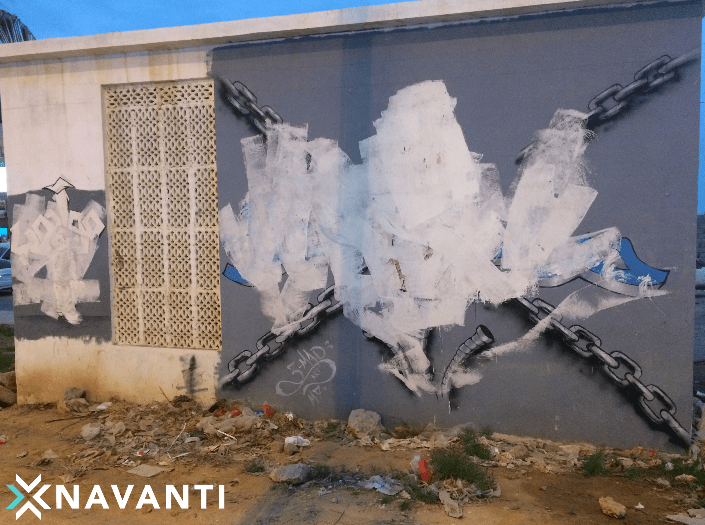
Eight years later, Yemen remains mired in a complex conflict involving AQAP, IS-Y, the Houthis, and myriad other factions despite the Saudi-led coalition’s efforts and short-term deployments of U.S. forces in the region. Mukalla’s recapture marked an important victory, but the fight to secure lasting stability across Yemen continues.

